The area around the Cango Caves exhibits karst topography, characterized by limestone rocks that have been eroded over millions of years by the action of water. This erosion has created sinkholes, caves, and other unique geological formations, including the Cango Caves themselves.
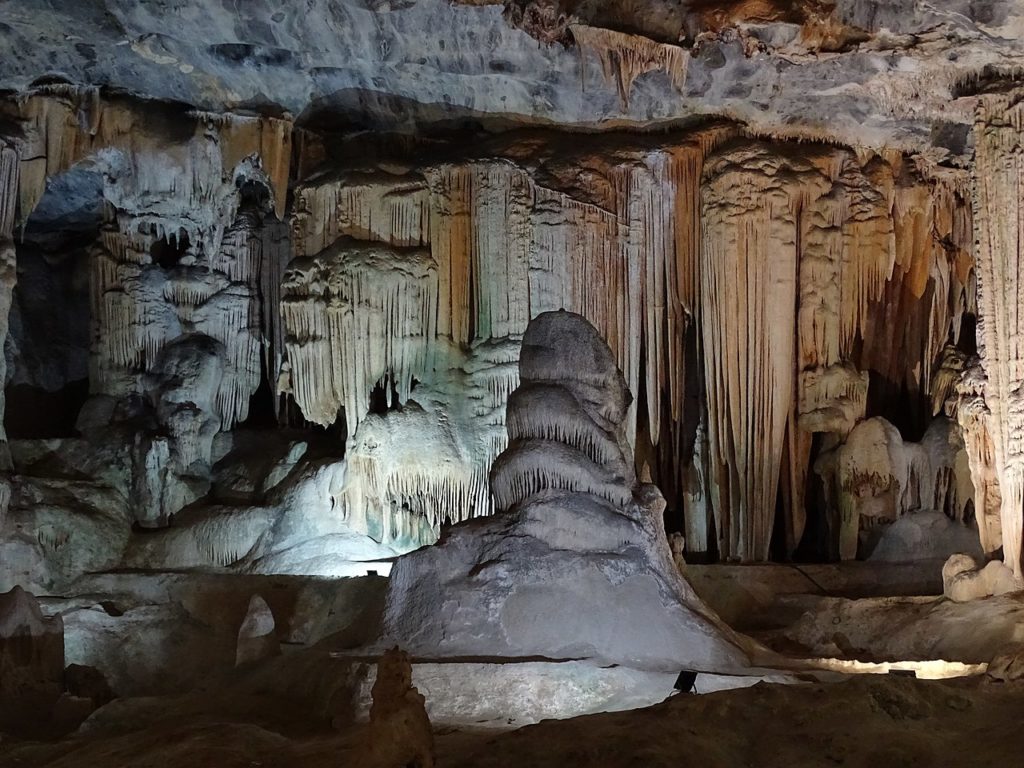
The Cango Caves are known for their impressive stalactite and stalagmite formations, as well as their vast chambers and narrow passageways. The caves were formed over millions of years through the slow dissolution of limestone rock by underground rivers. The chambers and passages stretch for kilometers underground, although only a portion of the caves is open to the public.
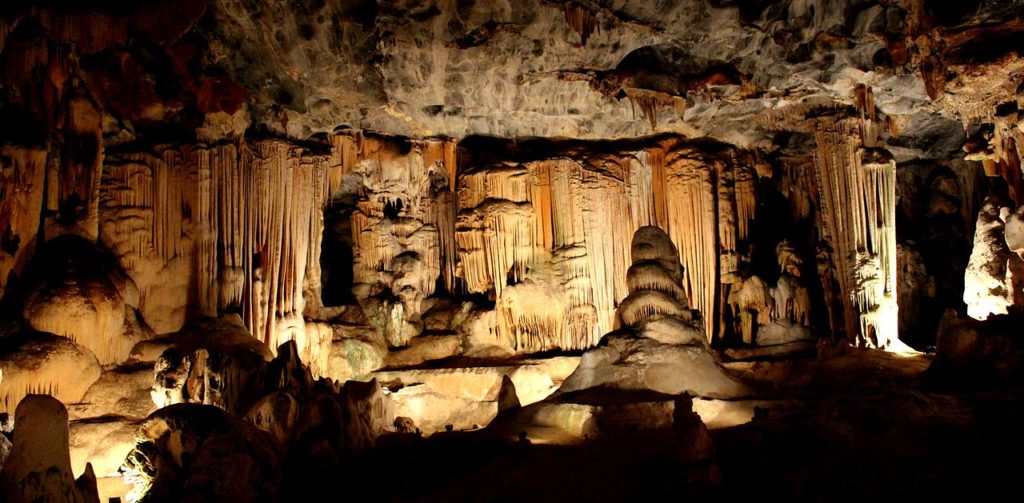
There are several guided tours available for visitors to explore the caves, ranging from easy walking tours to more adventurous routes that involve crawling through narrow passages. Some of the notable features within the caves include the Cleopatra’s Needle formation, the Van Zyl’s Hall chamber, and the Fairyland section with its delicate formations.
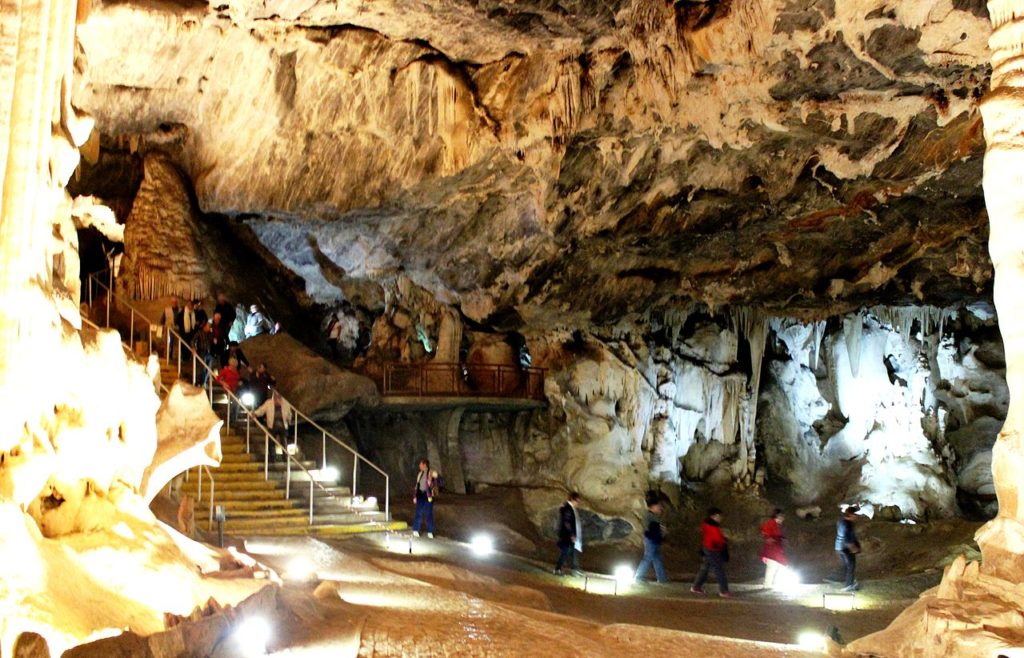
The Cango Caves are not only significant for their geological features but also have cultural importance. Evidence suggests that the caves were inhabited by humans in ancient times, with archaeological finds dating back thousands of years.
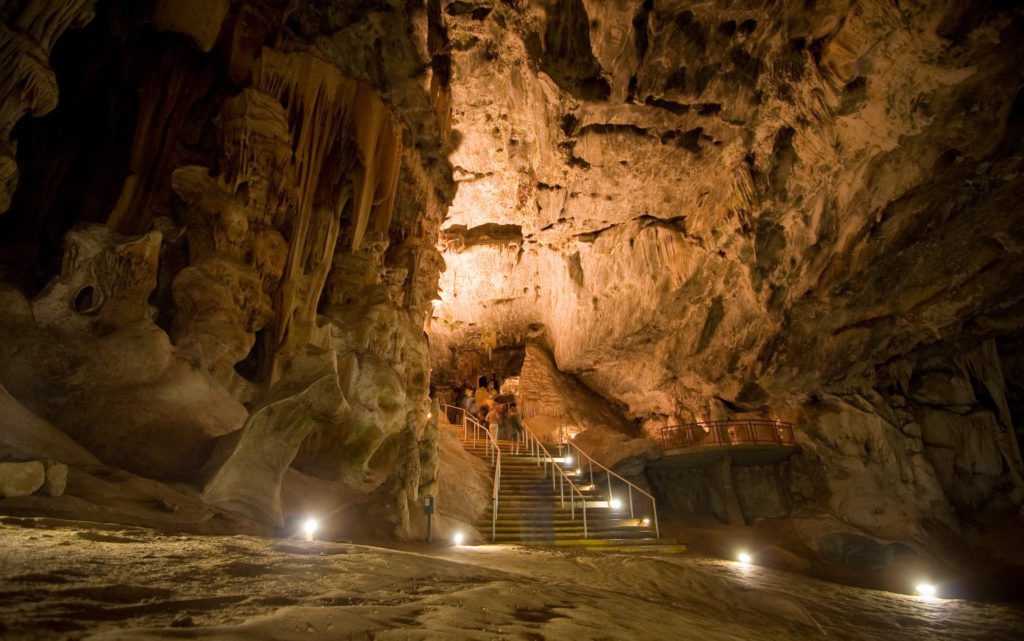
According to the Internet





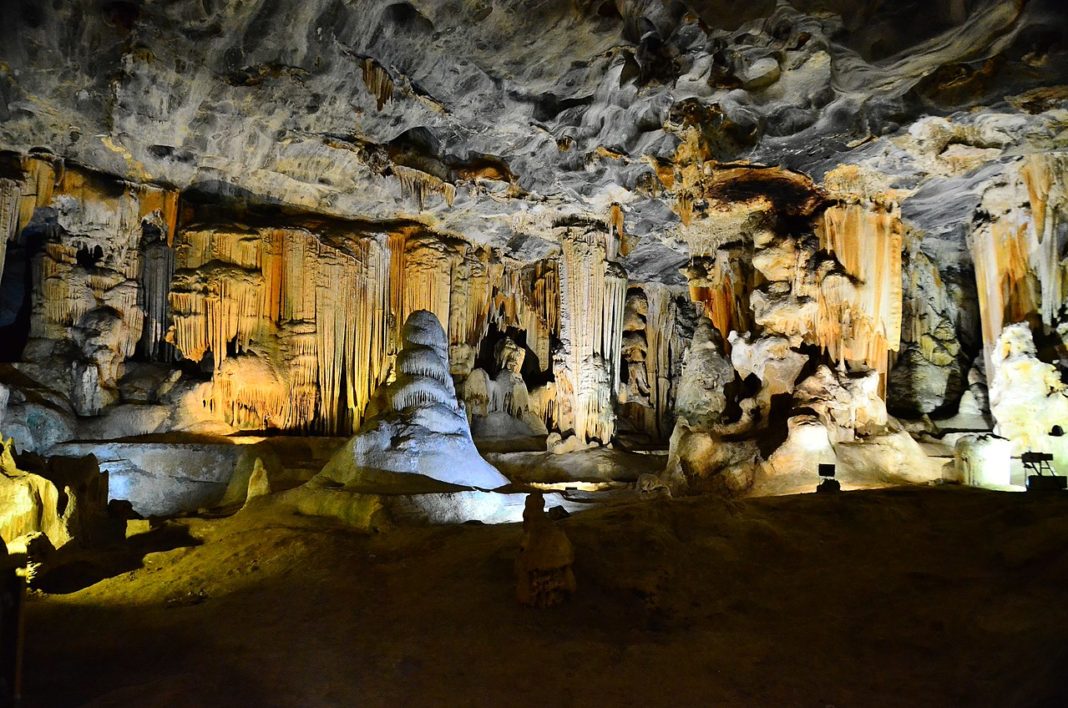

![[HONORARY PROFESSOR OF RECORD FOR PRACTICE AND EMPIRICAL RESULTS – 2024] RECORD HOLDER CHU BAO QUE (BAC GIANG PROVINCE, VIETNAM)](https://worldmark.world/wp-content/uploads/2024/05/z5401509010514_2898fa0bcee3af78744ceb5f3984a5c8-218x150.jpg)







